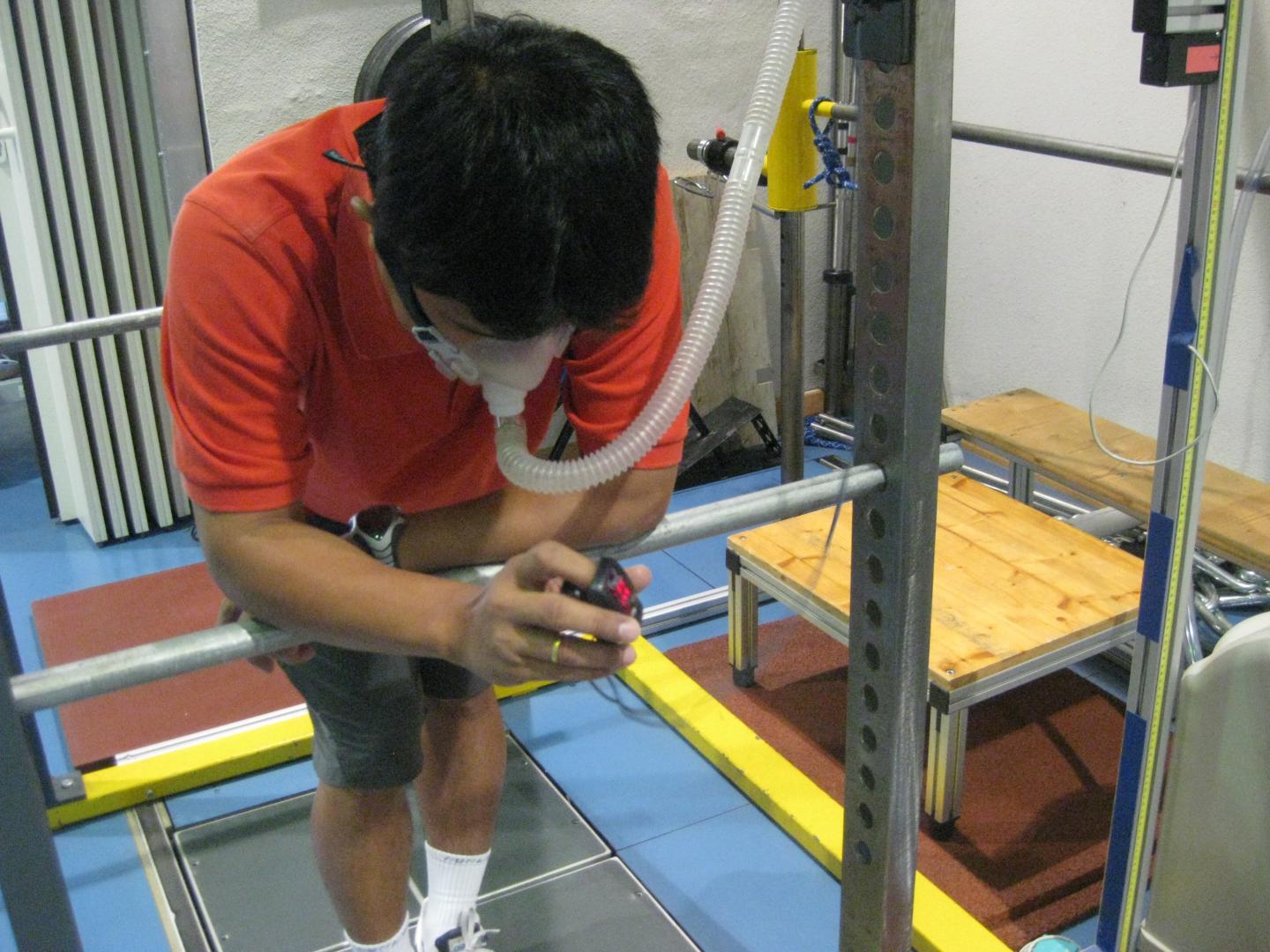Physical performance after periods of hypoxic training - in low-oxygen conditions - is a new fad but remains controversial scientifically.
Like any number of other instances, uptake by serious athletes - who may benefit - means that amateurs embrace it as well. Articles in fitness magazines, which are always looking for new content, don't help when it comes to promoting evidence-based ideas. The most popular way of training in low-oxygen conditions is known as intermittent hypoxic training, which consists of creating natural or artificial conditions that result in increased oxygen deficiency in the subject either when they are exercising or at rest. The technique has proved to be efficient in improving oxygen transfer in some athletes and was thus correlated to better physical performance, even though results cannot be extrapolated to all the cases in which this type of training has been used.
And so a fad is born. But an international study found that 75% of amateurs engaging in hypoxic training are not getting any proper monitoring, which means they may get no benefit and some risk.

Hypoxic training with professional monitoring. Credit: Jesús Álvarez-Herms
The paper aimed to compare professional and amateur athletes' use, methodology, knowledge and understanding of hypoxic training.
"Medical and scientific monitoring and regulation of the physiological responses to exposure to this type of training is not all that widespread among amateurs. Only 25% make use of it as opposed to 98% of professionals," lead researcher Jesús Álvarez-Herms, of the Faculty of Biology's Department of Physiology and Immunology at the University of Barcelona, explained to SINC.
According to he and the other authors, the data corresponds to the fact that professional athletes bear certain aspects very much in mind, such as nutrition to control breathlessness and avoid possible increased deficiencies. For instance, if professional athletes undergo hypoxic training they seriously consider using iron supplements. In contrast, amateurs - for the most part - follow programs on their own, without specialist monitoring.
As a matter of fact, the lack of monitoring of their hypoxic training can lead to certain health problems for the athletes. "The risk that may be run is connected with individuals' low tolerance to altitude," indicated Álvarez-Herms, which relates to an increase in breathlessness, the onset of anemia and loss of muscle mass as the possible adverse effects of hypoxia.
The differences in regulation between professionals and amateurs suggest that the latter group follow hypoxic training programs "which they are responsible for themselves or which are assessed by people who are not fully trained in the area. The consequences of this are increased health risks and the possibility that their efforts will prove to be ineffective," added the scientist.
Professional athletes: more cautious with their results
In order to conduct the study, the experts drew up a questionnaire with 17 questions, which was completed by a total of 203
athletes
- 95 professionals and 108 amateurs - from different sporting disciplines (cycling, triathlon and endurance running) during the 2013-2014 season.
For the group of amateur athletes, the researchers selected athletes of a good standard with high physical performance levels, who did not take part in international events, but participated in Spanish tournaments and elite cycling races.
In general, a higher percentage of professional endurance
athletes
expose themselves to hypoxia to aid physical improvement - 84% of professionals as opposed to 19% of amateurs," Álvarez-Herms explained.
The questionnaires show that all the athletes go through hypoxic training because they are confident that it improves their performance. However, professionals are less optimistic than amateurs in this regard.
"Higher level athletes believed their performance would improve by between 5% and 9%, whilst amateur athletes anticipated an improvement of between 10% and 48%," stated Álvarez-Herms. A possible explanation for this is that the scope for physical improvement in professional
athletes
is smaller than in amateurs and therefore they are not as capable of improving.
The authors indicate that tailoring training and the use of hypoxia to each individual is key, stating: "The main recommendation we would make to sportspeople undergoing altitude training is to evaluate their individual physiological and physical response to altitude."
According to the expert, the conclusions drawn from the study show "a significant difference in scientific application and professional monitoring between amateur and professional sportspeople with regard to the hypoxic technique. This leads to an even greater gulf in performance between sportspeople."
Citation: Jesús Álvarez-Herms et al. "Popularity of hypoxic training methods for endurance-based professional and amateur athletes". Physiology&Behavior.Doi: 10.1016/j.physbeh.2015.02.020.






Comments